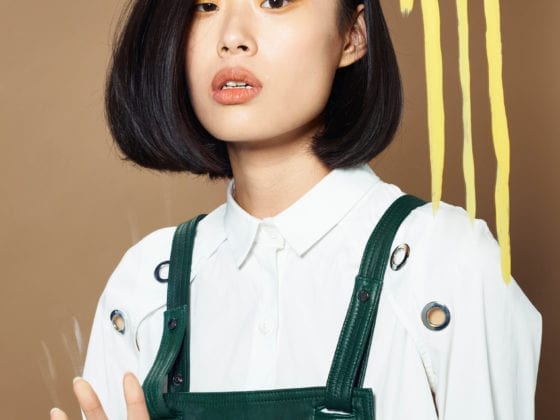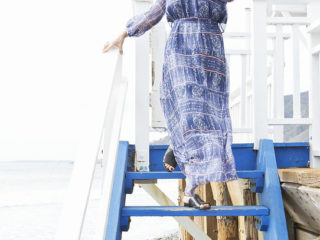I am the daughter of two immigrants from China. My ancestral heritage extends far beyond the ground beneath my feet, to oceans and mountains of voyage and rich history in between. The forging of new cultural experiences and identities with that rich ancestral history cultivates a journey to fully embrace who and what you can be. It also laces together an amalgamation of stories.
While I never questioned my birthplace that christened me as an American, the title never seemed to encompass my full identity. I found myself torn between two worlds that only exist as one throughout my childhood—the culture my parents preserved from their homeland and the culture I engaged in and absorbed while at school.
I ate sticky rice dumplings wrapped in bamboo leaves, while my classmates ate chicken nuggets dipped in ketchup. I conversed in Mandarin at home and kept up with American colloquialisms with my friends during recess. While growing up, I found myself in an arcane space where I was neither American enough, nor Chinese enough. I found it difficult to blend all of who I was into the tapestry of my multicultural history.
I found it difficult to blend all of who I was into the tapestry of my multicultural history.
We may carry the weight of our parents’ dreams.
For much of my adolescence, I unknowingly raced to maturity as fast as possible. The expectations my parents placed on me and my siblings stemmed from their pursuit of the “American Dream,” as well as the sacrifices they made to guarantee we would lead comfortable and successful lives. I felt the pressure to succeed and be the best student so that I could become the best daughter.
I am embarrassed to admit how overwhelmingly ashamed I felt whenever my parents spoke broken English, with their strong accents, struggling to pronounce words with the “th” digraph sound and to differentiate “she” and “he” because in Chinese, they are pronounced the same. I grew angry when they could not ask questions for themselves, creating a subtle shift in parent-child roles. Now that I am older, I realize how grateful I am to have directly and indirectly reaped the benefits of their tribulations and experiences.
There is no single linear path to self-discovery.
As a child of immigrants, I confronted the dissonance and tension caused by the imbalance of contrasting cultures. I was challenged to embrace two worlds and navigate through discourse, which built my resilience and endurance. As children of immigrants, we are stronger because of our immigrant parents. They have instilled in us qualities that will only continue to blossom as we step out as productive members of society—hard work, sacrifice, determination, strength and patience.
A learning posture creates an opportunity for storytelling and community building.
When others take the time to invite us to share our stories, they extend kindness and grace that let’s us know that we are seen, valued and heard. By having conversations around dismantling and redefining our cultural assumptions, discussing our childhood experiences and readdressing misinterpretations of stereotypes, we begin to reclaim our identity and individuality.
Every immigrant story is unique and special, worthy of gathering to listen to. Our eyes do not see the stories and histories that our bodies carry.
Every immigrant story is unique and special, worthy of gathering to listen to.
By telling our individual stories, we build history and unity.
Some of my closest companions are people who are also first-generation Americans. Our bond grew out of the distinctively smelling cultural dishes we brought for lunch and the traditions of our individual and shared cultures. The division and exclusion we felt while immersed in different customs united us, allowing us to discover that we were always meant to be stronger and better together.
Why is it important to share and listen to other people’s stories? Is there someone in your world whose background is different from your own and might be open to share their experience with you?
Image via Tony Li, Darling Issue No. 22










